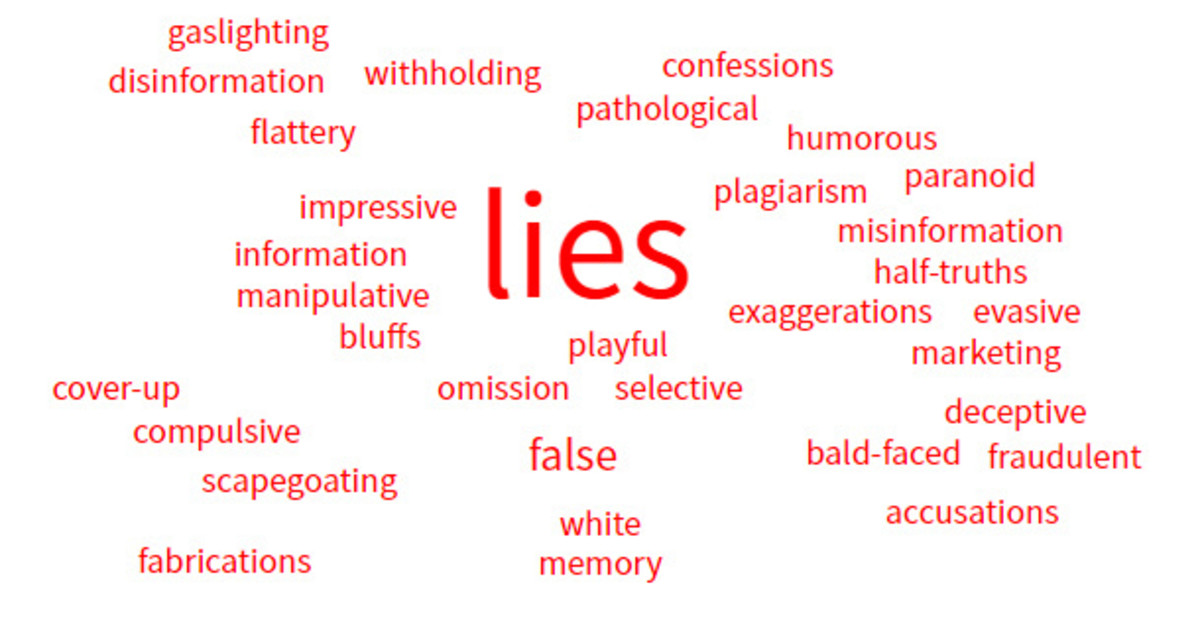Age of Misinformation Manipulating People through the Internet

Age of Misinformation: Manipulating People Through the Internet©
April 17, 2011
Mark Monroe
Why is it so easy for people to be manipulated with a limited amount of information? In this age of instant access to data, the internet and email have become the preferred method for spreading misinformation. Everyday I receive at least one email from a friend that starts out with, “You will not believe what ______ said?” Maybe I am just cynical, because I work in a career field where it is expected that people manipulate the truth all the time, but nine times out of ten the answer is, “you are right I do not believe it.” With a little research, it is confirmed that the subject of the email is false. Some examples are “Did you know that the ACLU has filed a suit to have all military cross-shaped headstones removed” or “President Obama is not an American citizen.” All sides of the political spectrum are guilty of this behavior. In 2007, the rumor going around the internet was “blacks will be losing their right to vote.”
I get these electronic correspondences from what I would normally consider reasonably intelligent people, so why do they fall for the messages? One reason is that it usually sent to them from a person that they know and trust. There is an assumption being made that since they know the sender, the information can be trusted. However, if the receiver would look at the email trail, they normally would discover that they do not know the originator of the message. If the receiver does not take the time to verify the information, they can pass the information and assume that they have no responsibility for its content.
A major reason that people are willing to accept and pass on an unverified message is that the information touches on a fear. Fear is a very powerful and ambiguous emotion. Fear comes in many forms; people have fear of losing their jobs, of losing a way of life they like, of dieing and of losing their family. Fear is a natural part of the human condition, and in many cases essential to human survival. However, when fear feeds into a person’s anxiety and paranoia, it can cause unpredictable behavior. There is a song by the artist Melissa Ethridge that goes “Change is turning into Fear; Fear is melting into Hate; With Hate you Justify Your Crimes; A Crime Compassion can Erase.[1]” Grabbing on to these myths helps to sooth the anxiety, because it validates the source and justifies the existence of their fear. Fear unchecked can feed into hatred, which the American Philosopher John Dewy addressed in his book. Freedom and Culture.
“It puts hate in place of attempts at understanding; hate once aroused can be directed by skillful manipulation against other objects than those which first aroused it. It also leads us to think that we are immune from the disease to which others have given way so long as the evil things we see in totalitarianism are not known to be developing among us. The belief that only such things operate to harm democracy keeps us from being on our guard against the causes that may be at work undermining the values we normally prize. It even leads us to ignore beams in our eyes such as our own racial prejudices.[2]”
Time and urgency will determine how people react to false information they receive, because it dose take time to look into the facts of these stories. Time is the most valuable commodity people have, once a moment has past it is lost for all time. The originator of the misleading information understands this concept and is exploiting the fact that people do not have the time to check the validity of all the information they receive in a day.
If the issue is important, people should make time to respond. What can a person do when they receive one of these emails? The following is just a short list of suggestions.
1) Re-read the email-see if there is a source cited for the information. If there is none, then chances are that it is false.
2) Do your own research—one internet site you can use is snopes.com
3) Check the news
4) Check the internet to see how many times the same story has been recycled over the years.
5) If the information is false, reach back to the sender and inform them of the error and the source of your facts.
6) At the very least, just delete the message without passing it on.
There are many reasons why people start these rumors. Some think it is funny, others are being malicious, and still others are working off a political agenda. In all cases, they are an attempt to spread as much misinformation as possible. In closing, remember that an uninformed public is tragic. A misinformed public is dangerous.
[1] Melissa Ethridge. I Could Have Been You; Your Little Secret. (New York: Island Records, Inc. 1995)
[2] John Dewey, Freedom and Culture. (New York: Paragon Book, 1979). 35
© 2011 Mark Monroe








